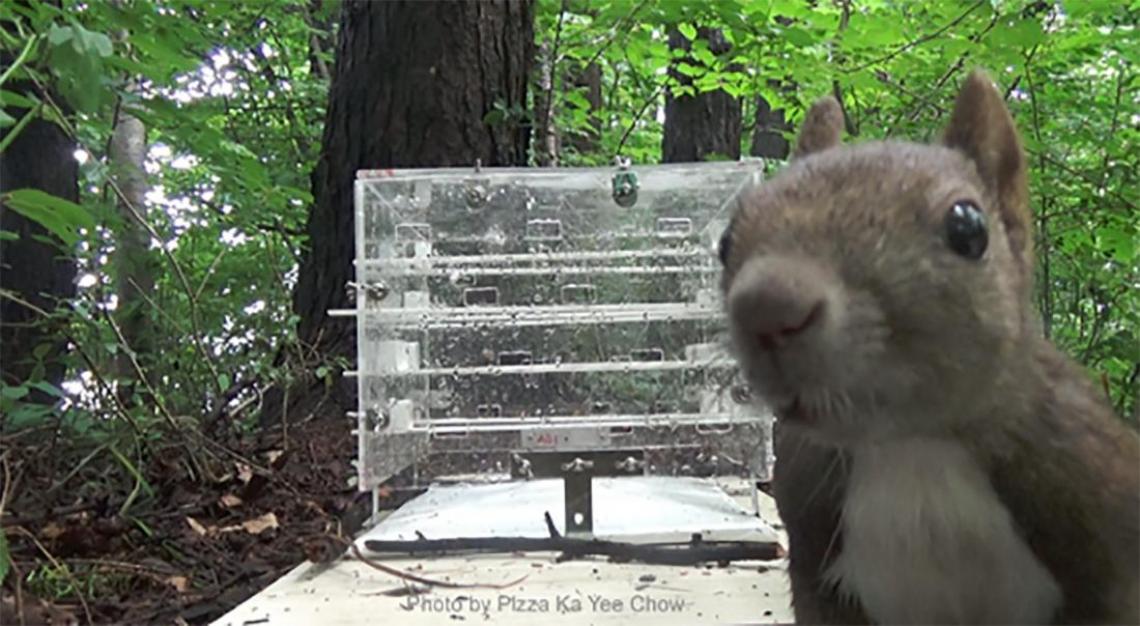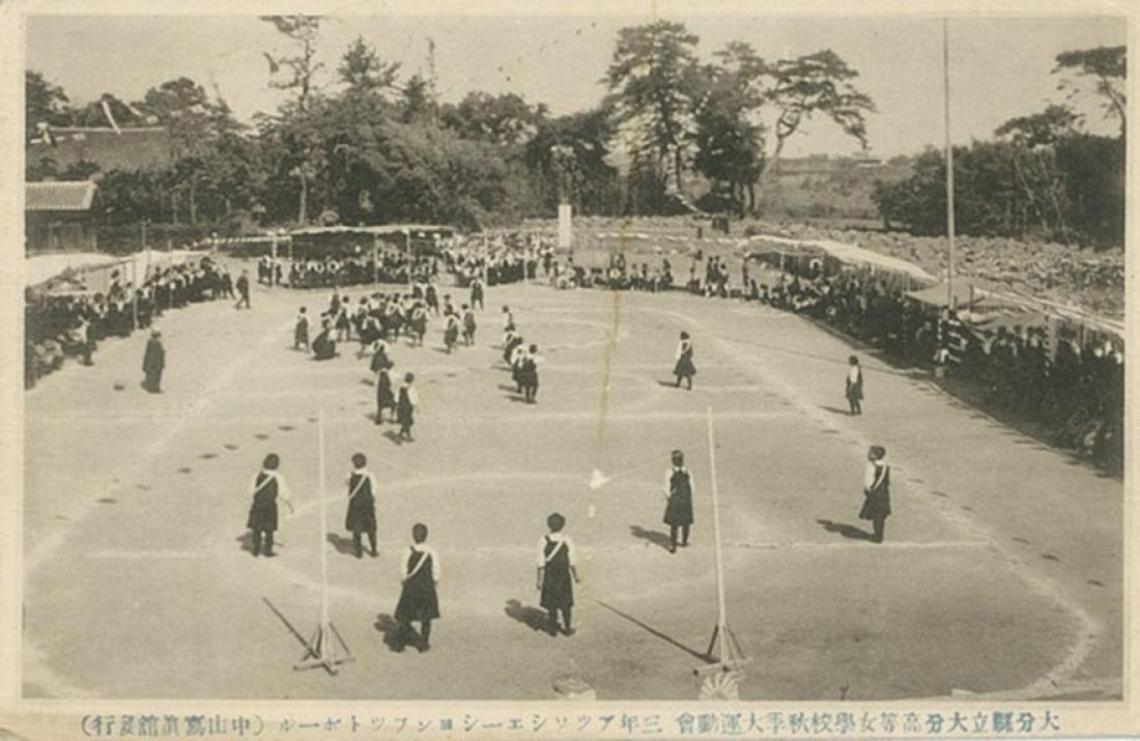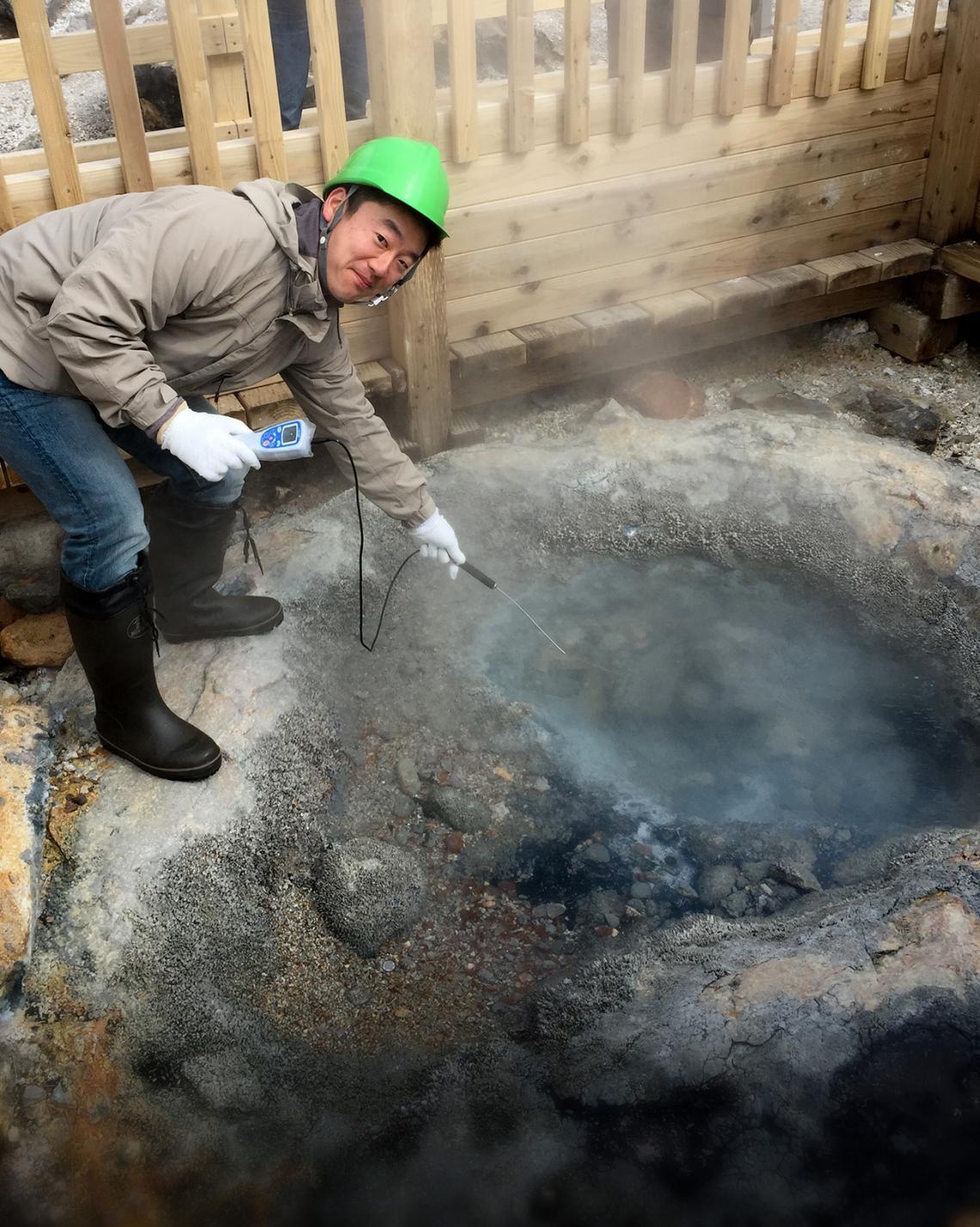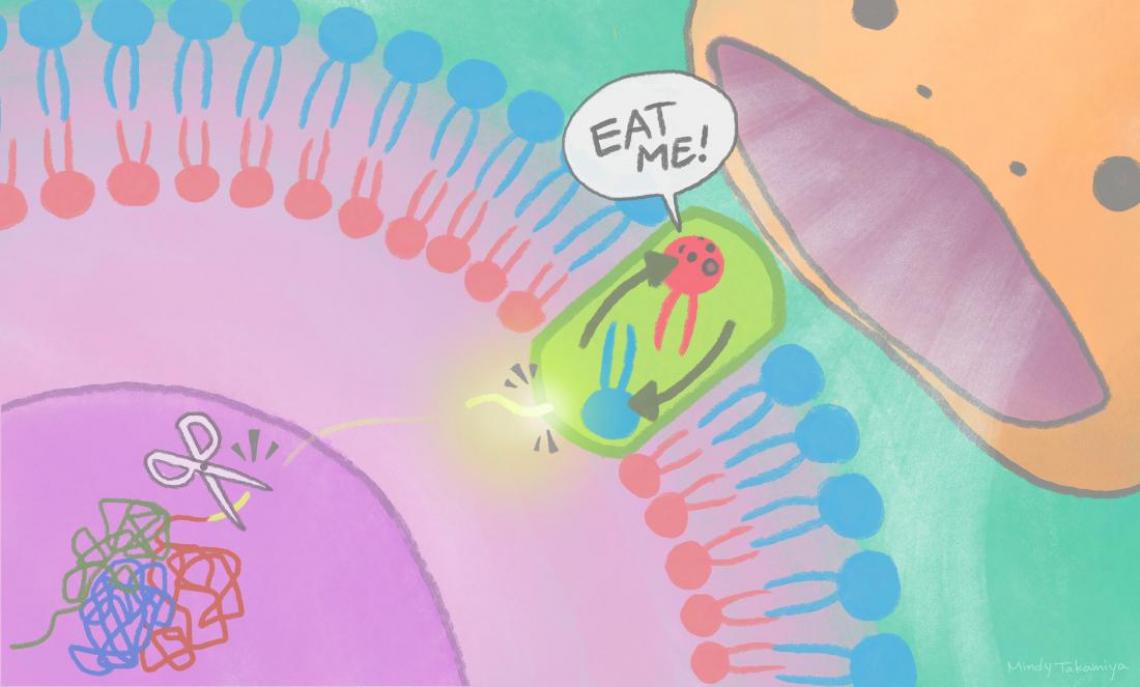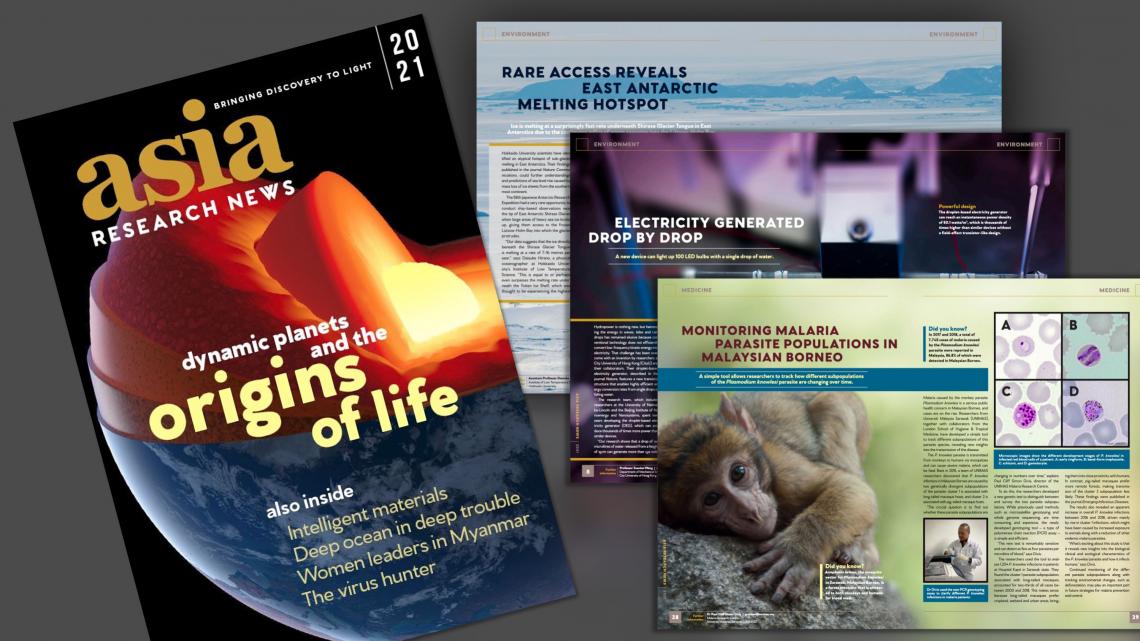The many elements of storytelling
By Ruth Francis
At the turn of the last century and the start of my communications career, press releases were text-based and sent out by fax or mail on letterheaded paper. I worked for a medical research charity and our efforts focused on national or local press.
Some research stories come with delightful pictures like this one.
Over time, the tools in my communications belt have evolved immensely: as our email lists grew, we could send releases out at the push of a single button, and globally too. Our channels diversified; we had news pages on our organisational websites, then social media, video, podcasts, more social media...
It is rare these days that I would put out a press release without an image or two at the ready to provide to journalists, post on social media and use on the website to enhance a story. Some come easily with delightful visuals, for example these images from Hokkaido University of a cheeky squirrel and women playing football in 1916 Japan. The latter especially reminds me of the old adage that a picture is worth a thousand words.
The oldest known photo of women’s football in Japan, from 1916.
But many times, visually presenting research is a challenge. Images are not hard to come by, but to work for news, they should be unique to the story and say something about the work or the finding. Ideally, they are striking and make the reader want to find out more. Complicated graphics, figures from the paper, or staged portrait photos may be useful at conferences, but not on news pages.
Photos of one or more of a team doing research, especially out in the field, can help convey the excitement of your scientists, such as this Earth-Life Science Institute (ELSI) researcher hunting for ancient viruses in hot springs.
Photos from the field can help show research in action.
It’s our job in communications to work alongside researchers to find the best images to accompany the story; nudging them in the right direction or setting up shots if we think it will help. I’ve illustrated research on the wheat genome with staged images of the researcher out in wheat fields, which helped tell the story. Sometimes, a distinctive photo or visual can ensure wider pick-up, much like it can help land research on the cover of a journal.
Some of our clients make their own images to support research releases, and we recently enjoyed this gem from the Institute for Integrated Cell-Material Sciences (iCeMS). This is a creative way to stand out from the crowd and draw readers in across multiple platforms. For those stories where photos are not working, commissioning a graphic designer or artist could result in a useful visual.
An artist or graphic designer can help tell your research story with creative visuals.
Video and audio are harder to produce, and should be done properly or not at all. Communications departments often have dedicated producers creating such content and there are freelancers available to support if you don’t have this resource.
While it requires more effort, video can be worth making. There are an estimated 2.2 billion YouTube users worldwide, and some 85% of internet users watch video content each month, according to Statista. Done well, video has been shown to help your audience retain information. It can also help your story appear in search results when video is uploaded to YouTube, and then embedded on your website.
Very short videos uploaded directly to social media, like Twitter, can encourage more organic engagement than still images, or no image at all. It’s worth noting that to upload directly to Twitter a video must be shorter than 2 minutes 20 seconds, and it’s best practice to include closed captions too. You can link to your YouTube or webpage but having the video right there will encourage more engagement.
Podcasts are booming. Audio has the benefit of being available while we are doing other things, and can be kept very informal for a lay listener. Personally, I’m a big fan of a cosy chat format, but lots of podcasts use beautiful soundscapes to support storytelling. Both audio and video formats should be kept uncomplicated and engaging; with so many draws on our attention it is easy for the audience to turn over to something else.
In Asia Research News 2021, we used these tools to tell stories from across the region. High quality images and design has always been a central focus of how we present research in the magazine. This year, we have also embedded videos in stories about women leaders in Myanmar and mini-robots, as well as several podcasts, so readers can listen to the researchers talking about their work. Combining these mediums makes for an even more immersive, dynamic experience.
I’ve written before about going beyond the press release and using the various channels at your fingertips. With all the competing demands on our attention, can you afford not to use images and multimedia to ensure your stories get the attention they deserve?
----------------------------------------------------
Ruth Francis is a communications expert with more than 20 years of experience working in academia and publishing, including Springer Nature, BioMed Central, Cancer Research UK and King's College London.


